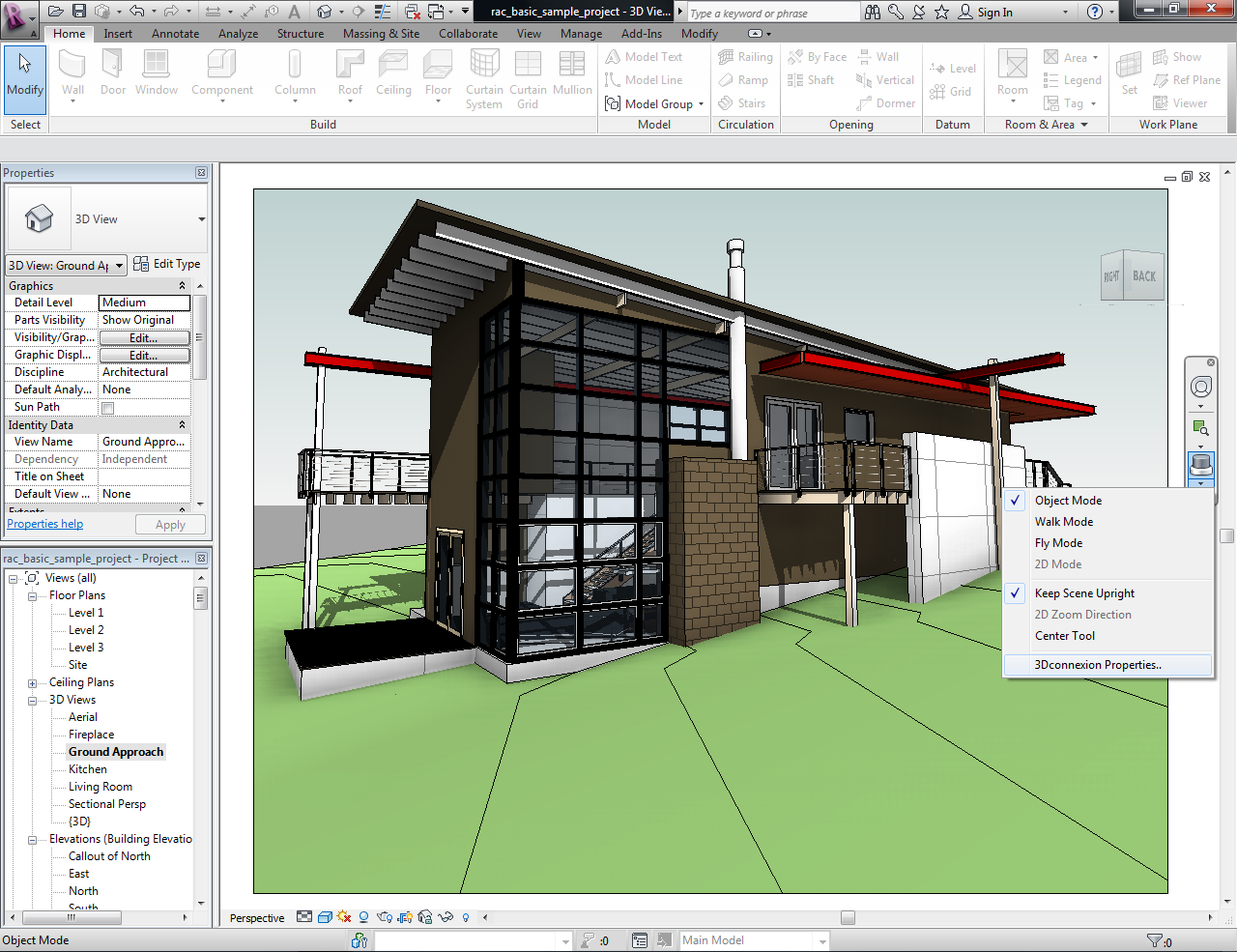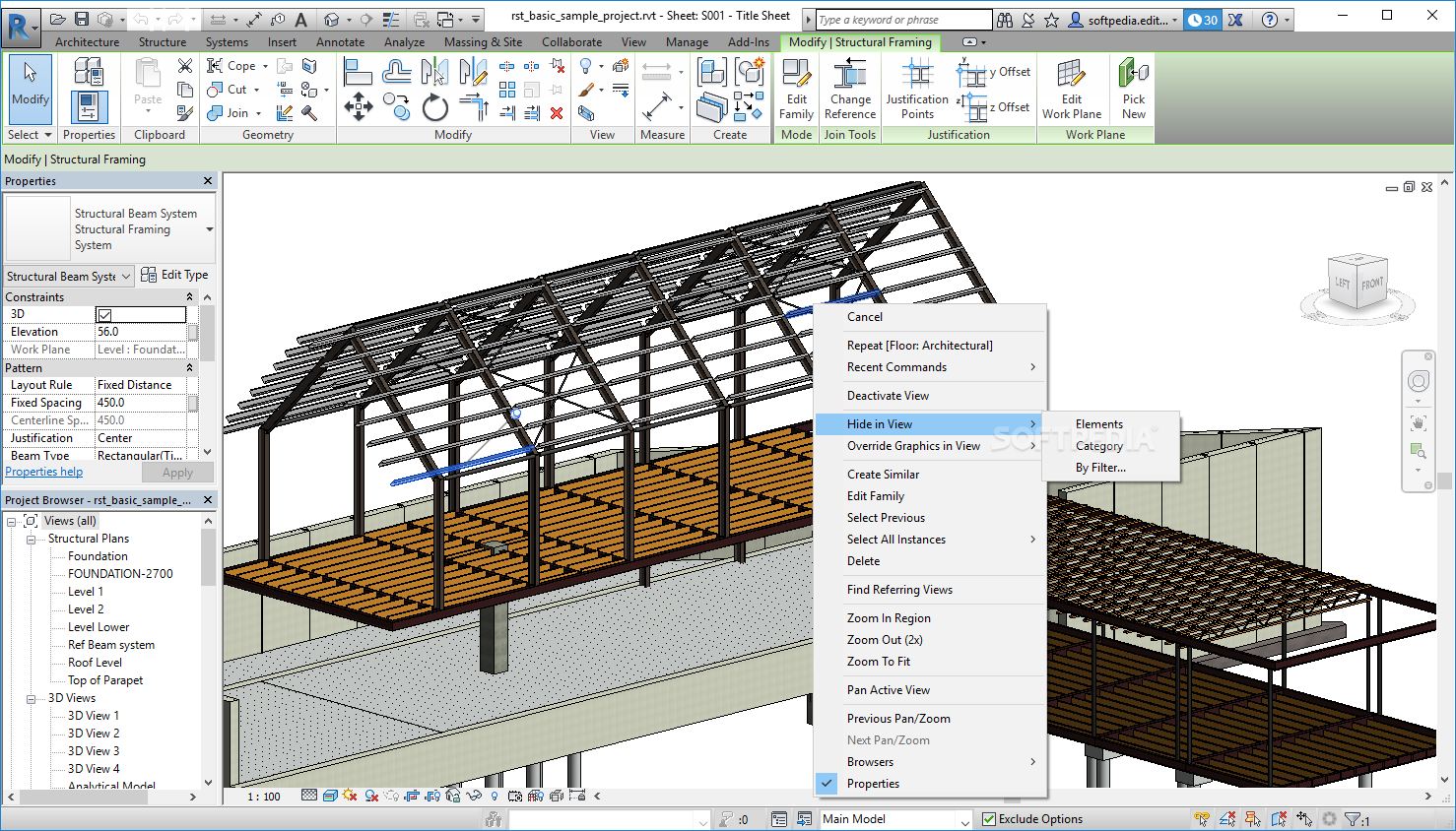

✨ Tip: If your drawing is 2D, select everything and then enter the “FLATTEN” command to ensure that no 3D objects conflict with other lines. “Layers” to delete or turn off unnecessary layers.


Type the following commands and then press “Enter” on the keyboard. You have many settings to adjust when linking a DWG file.Details: Simplify the process by removing unnecessary elements to reduce file size before saving. Link CAD is better: it loads the latest version of the DWG each time you open Revit and is more efficient to manage the files. It makes your model heavier, causing performance issues. You will notice that there is two options to bring the DWG file: Import and Link. Now that your DWG file is ready, you can bring it to Revit. Save the modified file in a Revit "CAD Links" subfolder. Use the Setbylayer command to quickly resolve this problem.Ĥ- Freeze Useless Layers: Freeze all layers not required in Revit.ĥ- Save A Copy: Keep the original DWG file just in case. Open the Xref dialog box and bind them all, preventing duplicate layers.Ģ- Run "Purge": This removes unused layers, linetypes, blocks, etc.ģ- Run "Setbylayer": All lines settings should be set to layers, ignoring any color, linetype or lineweight overrides. 1- PREPARE CAD FILESĪny CAD files linked into Revit must follow a careful process:ġ- Bind XRefs: Xrefs can cause problems. Following these tips should help you avoid a lot of problems. Sadly, we don’t live in that world yet so we have to deal with consultants and friends that send us CAD files we have to integrate in Revit. A lot of people don’t really know what they are doing when they import CAD into Revit, resulting in chaos and poor management. In an ideal world, no one would use CAD, ever.


 0 kommentar(er)
0 kommentar(er)
